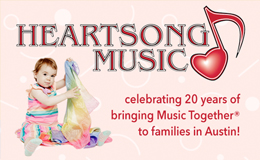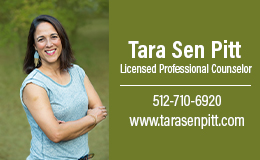Did well-meaning relatives shower your baby with holiday gifts that could be dangerous? Fuzzy baby blankets, cute stuffed animals and cheerful bumper pads can pose a serious risk to babies if parents don’t know about recent safe sleep recommendations. Placing these items in a baby’s crib can increase the risk of sudden unexpected infant death.
What Is Sudden Unexpected Infant Death?
Each year about 4,000 babies die suddenly and unexpectedly during sleep time. Although the reason for many of these deaths is unknown, SIDS and accidental suffocation have been identified as causes. Sudden unexpected infant deaths have declined, thanks to the “Back to Sleep” campaign started in the 1990s. This initiative helped educate parents to place their baby on his back to sleep instead of his tummy.
But this is not the only thing parents should do. There is much more to learn. In October 2016, the American Academy of Pediatrics (AAP) issued updated recommendations for a safe infant sleeping environment.
Best Positioning for Sleep
Place your baby on her back for every sleep. Don’t worry that your baby will choke if she spits up. AAP experts note that “infants have airway anatomy and mechanisms that protect against aspiration.”
The Baby’s Bed
- Use a firm sleep surface. Make sure that the surface of your baby’s bassinet or crib is firm. Soft surfaces can increase the risk of suffocation or cause your baby to rebreathe carbon dioxide. Don’t use a pillow as a sleeping surface or pad the mattress with pillows. Also, a car seat, carrier or swing is not safe for the baby’s primary sleeping surface.
- Keep soft materials out. The crib sheet should be a fitted sheet and fit tightly. Using a sheet that isn’t fitted or that is the wrong size can create a strangulation hazard. Don’t put soft, cushy materials under the crib sheet. If you use a mattress pad, it should be thin.
- Don’t add extra items. The only thing that should be in the crib is your baby. Use a blanket sleeper instead of a loose blanket to keep your baby warm if needed. Keep stuffed animals and pillows out of the crib.
- Don’t use bumper pads. Deaths from strangulation and entrapment have been reported from the use of bumper pads. Using them increases risk and offers no benefit.
Where Baby Should Sleep
- Don’t put your baby on the sofa or armchair for sleep. Experts advise parents to be particularly cautious here. If you feed or cuddle your baby while lying on the sofa or sitting in an armchair, make sure you don’t fall asleep. “Sleeping on couches and armchairs places infants at extraordinarily high risk of infant death,” AAP experts caution. The baby can suffocate if she gets trapped between the cushions. Another risk is that the adult can roll on top or against the baby.
- Don’t put your baby to sleep in the parents’ bed. If you bring your baby into your bed to breastfeed or cuddle, put her back in her own bed to sleep. AAP experts say “this arrangement is most likely to prevent suffocation, strangulation and entrapment that may occur when the infant is sleeping in the adult bed.”
- Keep your baby in the parents’ room for sleeping at least until she is 6 months old. AAP experts make this recommendation because “there is evidence that sleeping in the parents’ room but on a separate surface decreases the risk of SIDS by as much as 50 percent.”
- Avoid bed sharing. Put the baby in her own bed for sleeping. The risk of injury or death from bed sharing is even higher for babies younger than 4 months. Also, don’t put the baby in bed with other children or caregivers, with someone who is really tired or someone who is sedated from medicine or alcohol.
Other Things You Can Do
- Breastfeed your baby. Babies who are breastfed or who receive breast milk have a lower risk of SIDS. The longer you breastfeed, the greater the risk reduction.
- Offer a pacifier for naps and bedtime. Once breastfeeding is established, offer a pacifier for sleep times. This has been shown to have a protective effect. You don’t need to put the pacifier back in the baby’s mouth if it falls out during sleep. Also, don’t put a pacifier on a string around the baby’s neck or attach it to a stuffed toy.
- Avoid smoke. The baby’s environment should be smoke free. Don’t smoke or allow anyone else to smoke around your baby.
- Don’t dress the baby so warmly that she becomes overheated. One sign of overheating is sweating. Another is that the baby’s chest feels hot.
- Learn more. Check out the Safe to Sleep campaign, which offers educational materials for parents, caregivers, daycare workers and healthcare providers in several languages.
Brenda Schoolfield is a freelance medical writer in Austin.


















